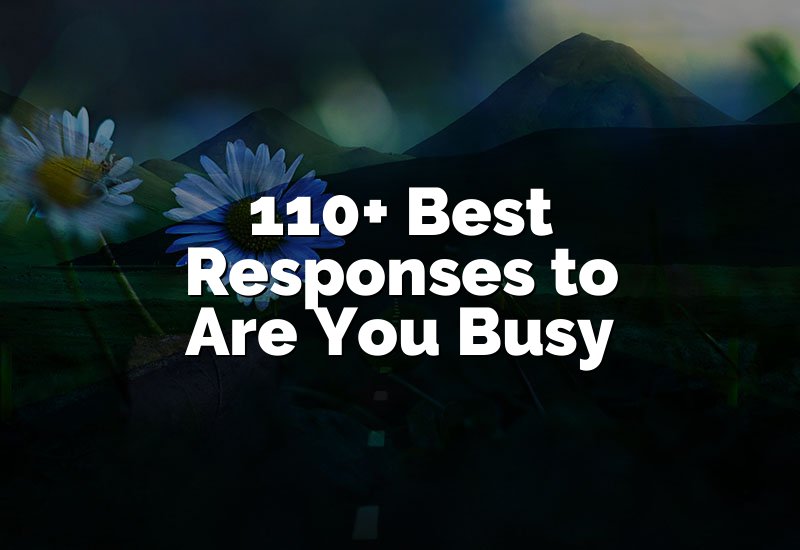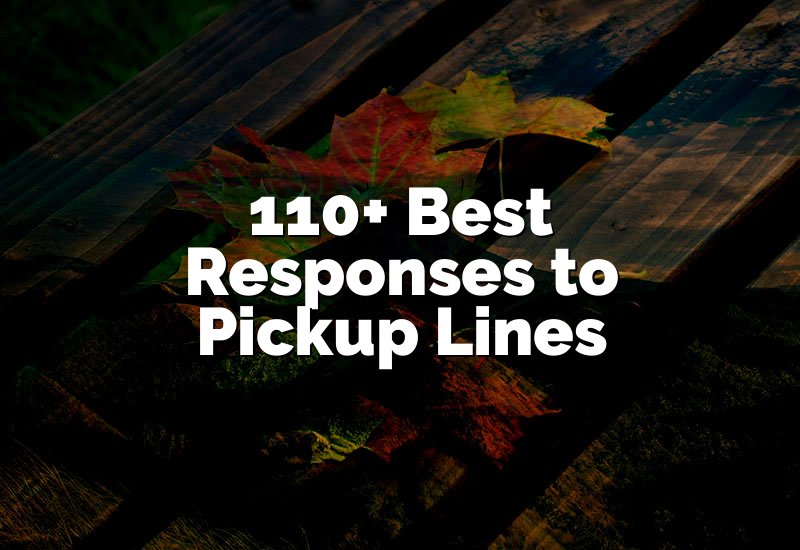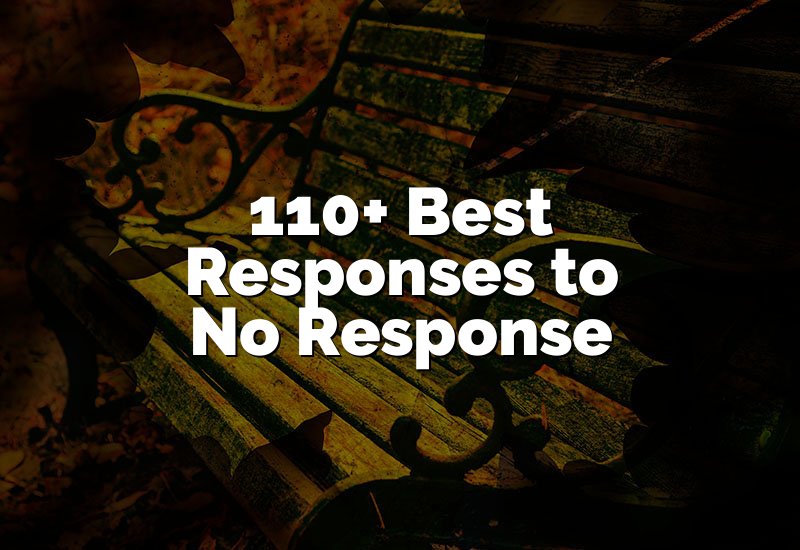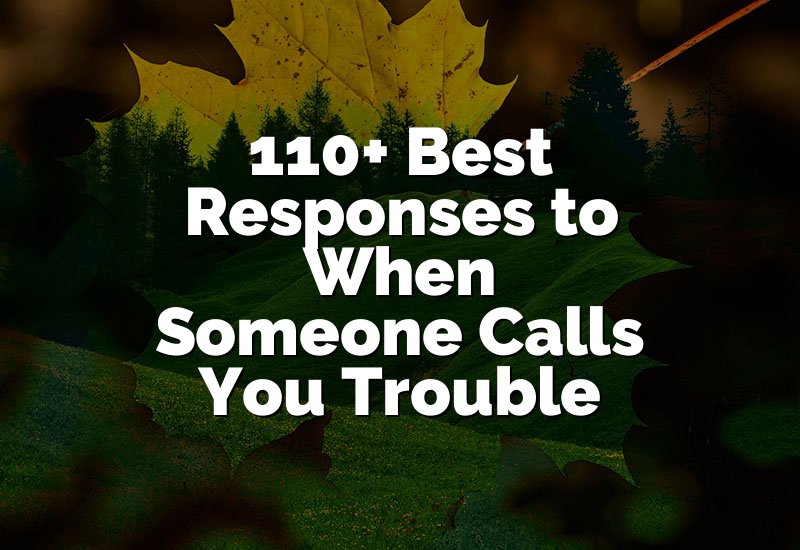Flirting can be fun, exciting, and sometimes confusing. Knowing the right responses helps you stay confident and playful. For example, if someone says, “You have a great smile,” you can respond with humor, charm, or a compliment in return. Other examples include playful teasing like, “Are you always this charming?” or confident remarks like, “I noticed that too.” Here are 16 best responses to flirting that make interactions fun and memorable.
Thank You
Saying “thank you” is one of the most effective ways to respond to flirting. It shows appreciation and acknowledges the compliment without overthinking it. Using “thank you” can make the other person feel recognized and keeps the conversation positive. It’s best used when someone gives a compliment about your appearance, skills, or personality. This response is polite, warm, and leaves room for further interaction.
- Thank you, that means a lot!
- I appreciate that compliment!
- Thanks! You just made my day!
Laugh It Off
Laughing in response to flirting is a relaxed and friendly approach. It shows that you are confident and can enjoy the moment. This response is ideal when someone makes a playful or teasing comment. Laughing can break tension, make the atmosphere fun, and give space to respond naturally. It works especially well if you want to be approachable without feeling pressured.
- Haha, you're funny!
- That's a good one, made me laugh!
- You always know how to make me smile!
Tease Back
Teasing back is a playful way to respond to flirting. It keeps the interaction light and shows confidence. This approach works best when you have a friendly connection and want to create chemistry. Teasing can be about small things like jokes or playful observations. It's a safe way to show interest without being too serious.
- Oh, you think so? We'll see!
- Only if you can handle it!
- You're lucky I'm in a good mood!
Compliment Them
Returning a compliment is one of the best ways to respond to flirting. It shows interest and makes the conversation positive. Complimenting works well when you genuinely notice something appealing about the other person, like their style, humor, or personality. It builds a friendly connection and encourages more interaction.
- You look amazing today!
- Your sense of humor is the best!
- I love how confident you are!
Playfully Agree
Playfully agreeing with someone's flirtation keeps the mood fun and engaging. It shows that you are receptive without taking things too seriously. This response works best with light teasing or charming comments. It creates a playful vibe and encourages further conversation.
- Absolutely, I thought the same!
- Totally, you noticed that too!
- Couldn't agree more!
Show Interest
Showing interest is a confident way to respond to flirting. It demonstrates that you are engaged and want to continue the interaction. This works well when someone shares personal stories or asks questions. Responding with genuine curiosity makes the conversation meaningful and memorable.
- That's really interesting, tell me more!
- I'd love to hear about that!
- You have my attention!
Use Humor
Humor is a powerful tool when responding to flirting. It makes the interaction enjoyable and memorable. Using jokes or funny comments shows confidence and helps create a relaxed connection. Humor works best when the other person is lighthearted and enjoys playful conversation.
- You're hilarious, I can't stop laughing!
- That's a clever one, well done!
- I see you're trying to impress me!
Be Mysterious
Being mysterious adds intrigue to your response. It keeps the other person curious and engaged. This approach works well when you want to create attraction or suspense in the conversation. Avoid overexplaining yourself and leave hints for more interaction.
- Maybe I'll tell you later…
- That's a secret for now!
- You'll have to find out!
Use Eye Contact
Strong eye contact can be an unspoken response to flirting. It conveys confidence and interest without words. This technique is best used when someone gives compliments or flirts subtly. Eye contact shows that you are engaged and creates a personal connection that words may not fully express.
- Looks that say it all!
- Can't stop looking at you!
- You have my full attention!
Light Touch
A light touch is a physical way to respond to flirting that shows friendliness and interest. It works best in appropriate settings, such as on the arm or shoulder. Light touches can increase connection and make the interaction more personal. This response signals comfort and approachability without being overwhelming.
- Playfully bumping shoulders
- Light hand on arm
- Gentle touch on shoulder
Use Nicknames
Using nicknames adds fun and playfulness to a flirting response. It makes the interaction feel personal and closer. This approach works well when you already have some rapport. Nicknames can show affection, humor, and attention to detail.
- Hey, Superstar!
- You funny guy!
- My clever friend!
Be Honest
Honesty is an effective response that communicates genuine feelings. It shows confidence and builds trust. Being honest works well when you want to create a meaningful connection. Sharing true reactions to flirtation makes interactions sincere and appreciated.
- I like that about you!
- That made me happy to hear!
- I'm glad you said that!
Use Playful Challenges
Playful challenges make flirting more exciting. It shows confidence and creates a fun back-and-forth. Challenges work well when the conversation is teasing or competitive. This response adds energy and keeps the interaction engaging.
- Bet you can't beat me!
- Are you ready for this?
- Let's see who wins!
Share a Secret
Sharing a small secret is a charming response to flirting. It builds trust and curiosity. This works well when someone shows interest or compliments you. Secrets create intimacy and encourage further interaction.
- I've never told anyone this…
- Only you will know this!
- I'll share if you promise not to tell!
Show Confidence
Confidence is always attractive when responding to flirting. It signals self-assurance and comfort in your own skin. This response works in almost any situation. Confident reactions are direct, playful, and engaging.
- I know, right?
- I'm aware I'm awesome!
- Of course, it's true!
Be Playful with Words
Using wordplay or clever comments keeps flirting lively. It shows intelligence and creativity. This response works best when the conversation is humorous or witty. Playful words make interactions more fun and memorable.
- You must be a magician, making me smile!
- That's pun-derful!
- Clever words, clever person!
| Response Type | Why It Works | When to Use | Example |
|---|---|---|---|
| Thank You | Shows appreciation and politeness | Compliments | “Thanks! You made my day!” |
| Laugh It Off | Creates friendly mood | Playful comments | “Haha, you're funny!” |
| Tease Back | Builds chemistry | Friendly interactions | “Only if you can handle it!” |
| Compliment Them | Encourages conversation | When noticing positives | “Your style is amazing!” |
| Playfully Agree | Fun and engaging | Teasing | “Absolutely, I thought the same!” |
| Show Interest | Builds connection | Storytelling or questions | “Tell me more!” |
| Use Humor | Makes interaction enjoyable | Lighthearted flirting | “I see you're trying to impress me!” |
| Be Mysterious | Creates intrigue | Subtle flirting | “Maybe I'll tell you later…” |
| Use Eye Contact | Non-verbal confidence | Compliments | “You have my full attention!” |
| Light Touch | Shows comfort | Appropriate social settings | Playful bump |
| Use Nicknames | Personalizes interaction | Friendly flirting | “Hey, Superstar!” |
| Be Honest | Builds trust | Compliments or interest | “I like that about you!” |
| Use Playful Challenges | Creates energy | Competitive teasing | “Bet you can't beat me!” |
| Share a Secret | Builds intimacy | Compliment response | “I've never told anyone this…” |
| Show Confidence | Signals self-assurance | Any flirting | “Of course, it's true!” |
| Be Playful with Words | Adds creativity | Witty conversations | “Clever words, clever person!” |
Final Thoughts
Flirting is about fun, confidence, and connection. Using these 16 responses helps you engage, charm, and enjoy conversations naturally. Every response can be adapted to your personality.









